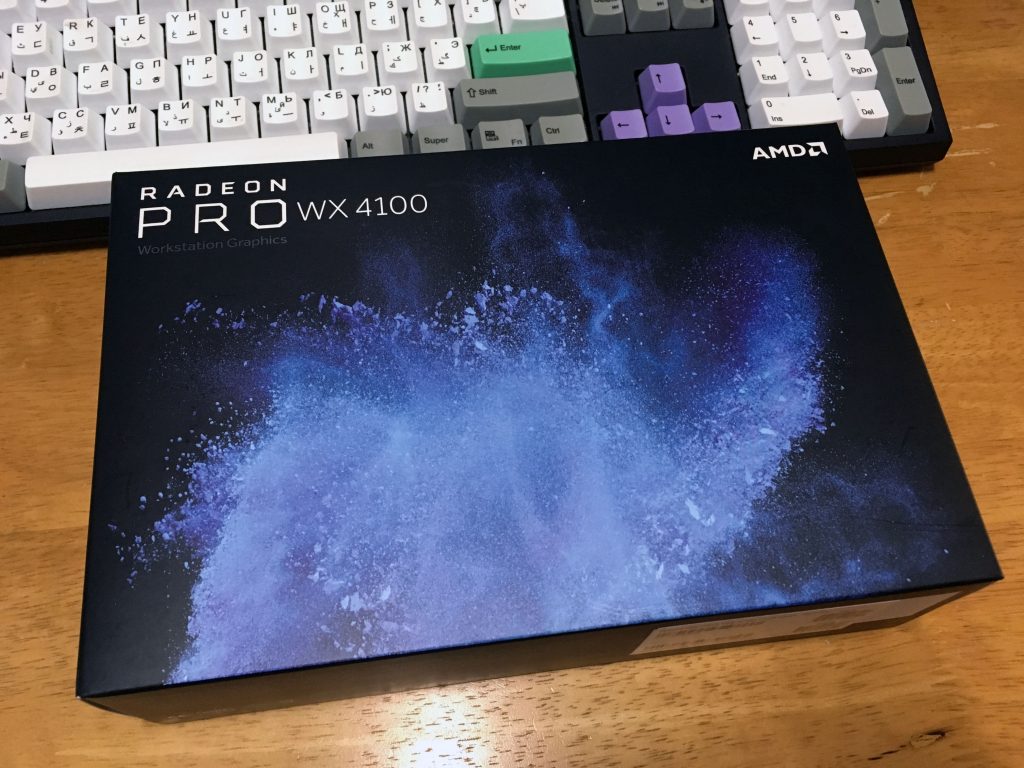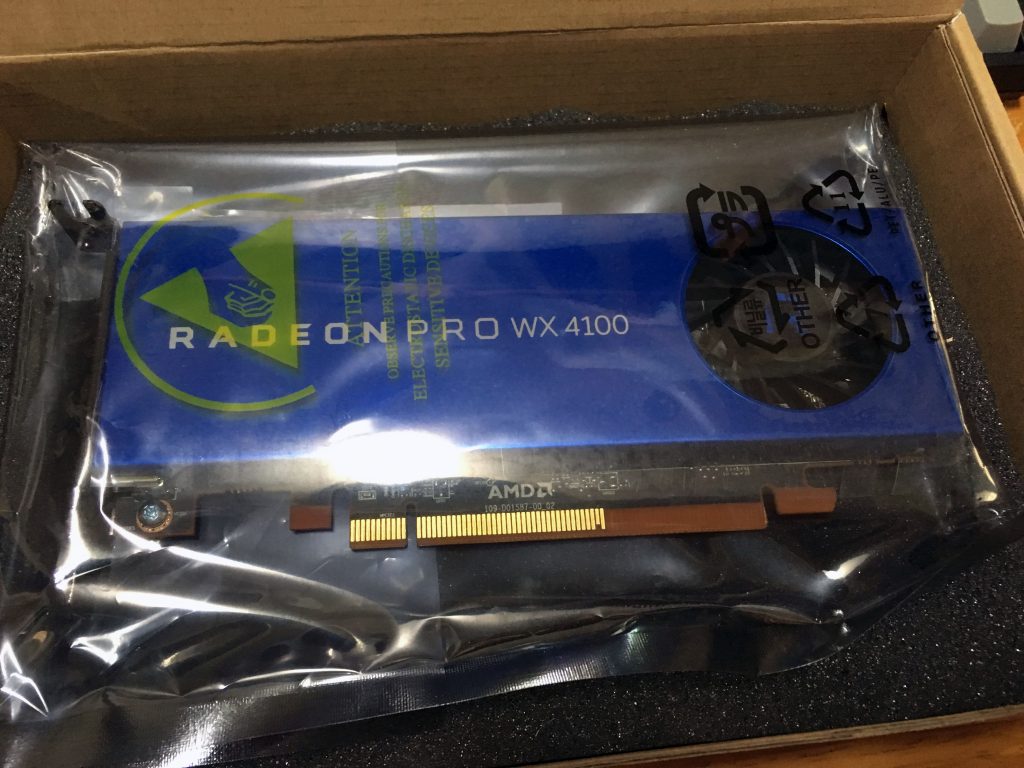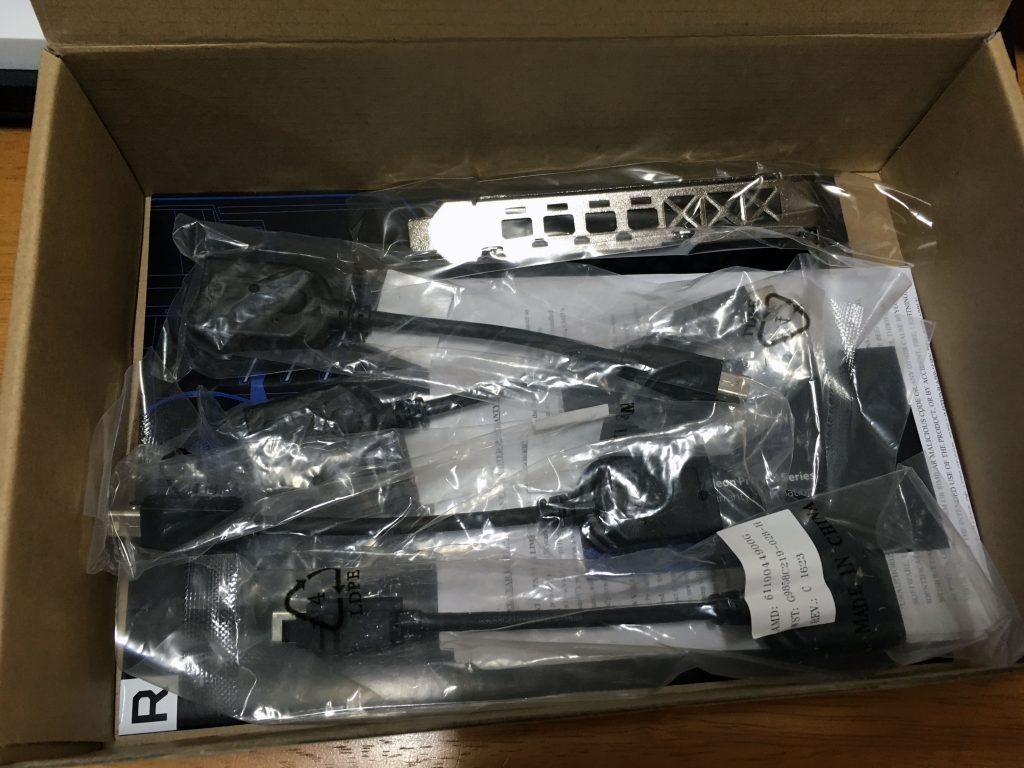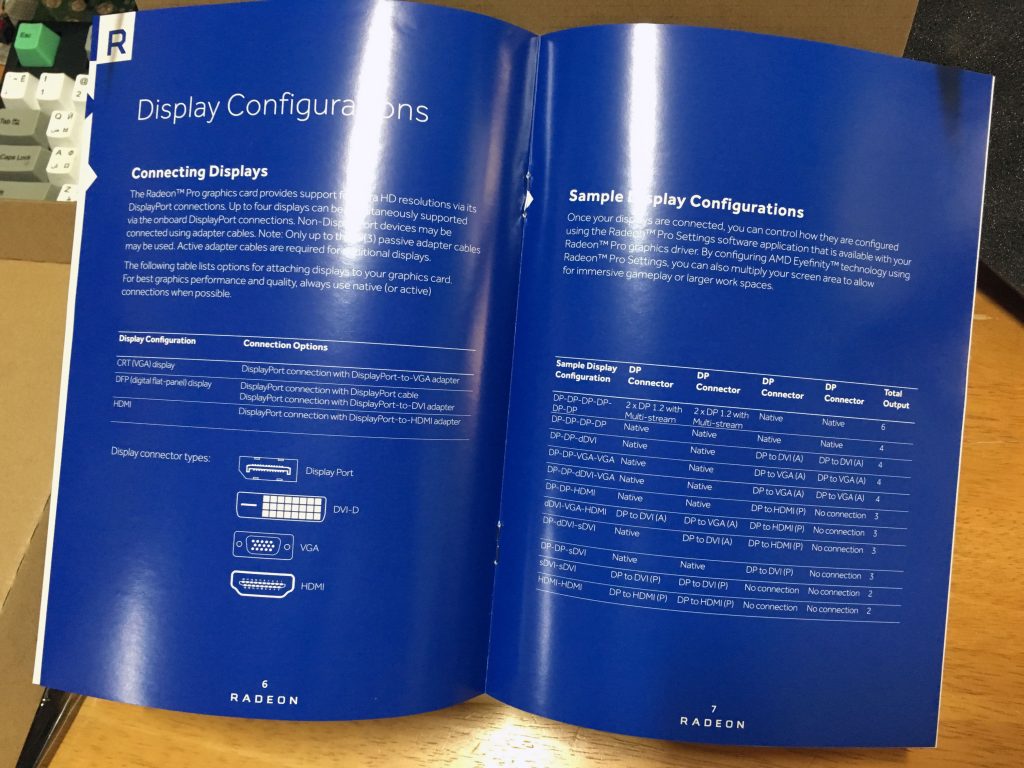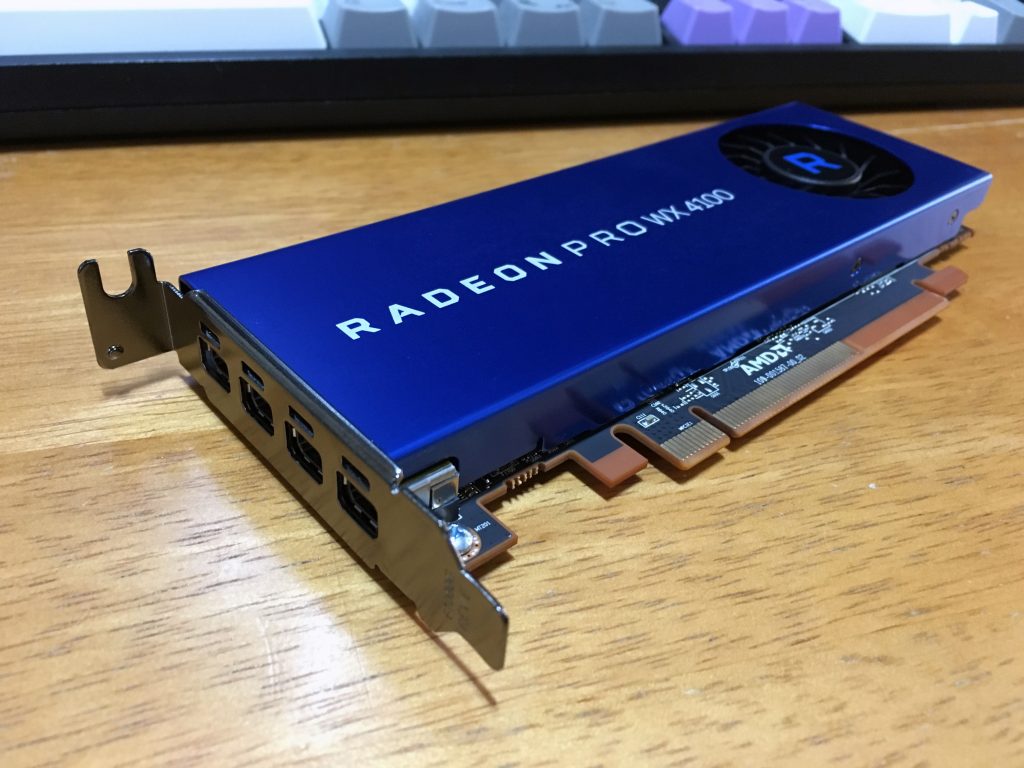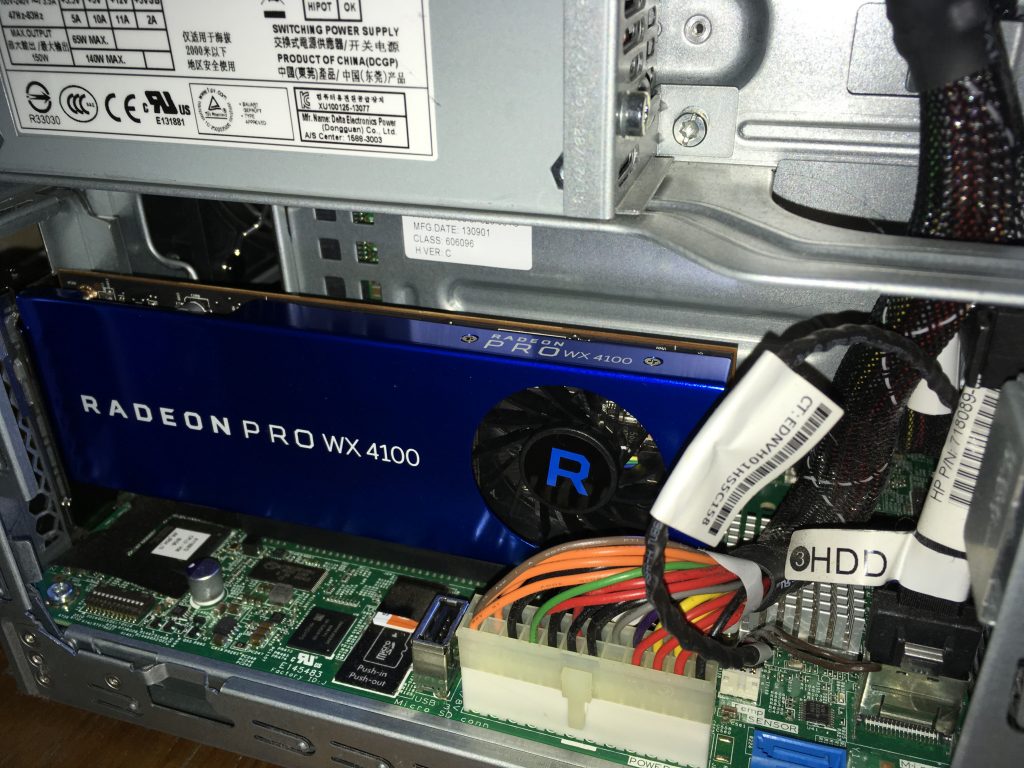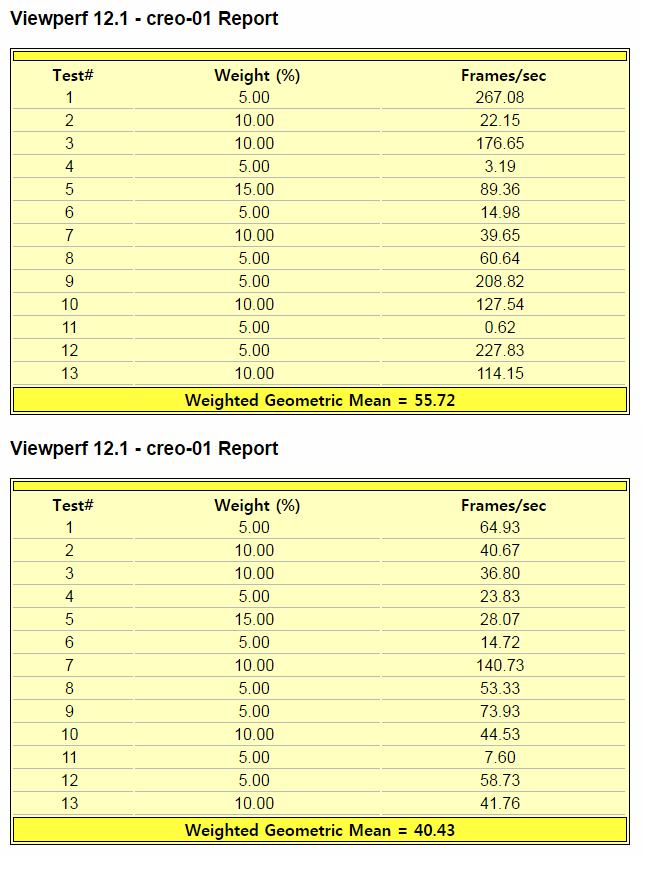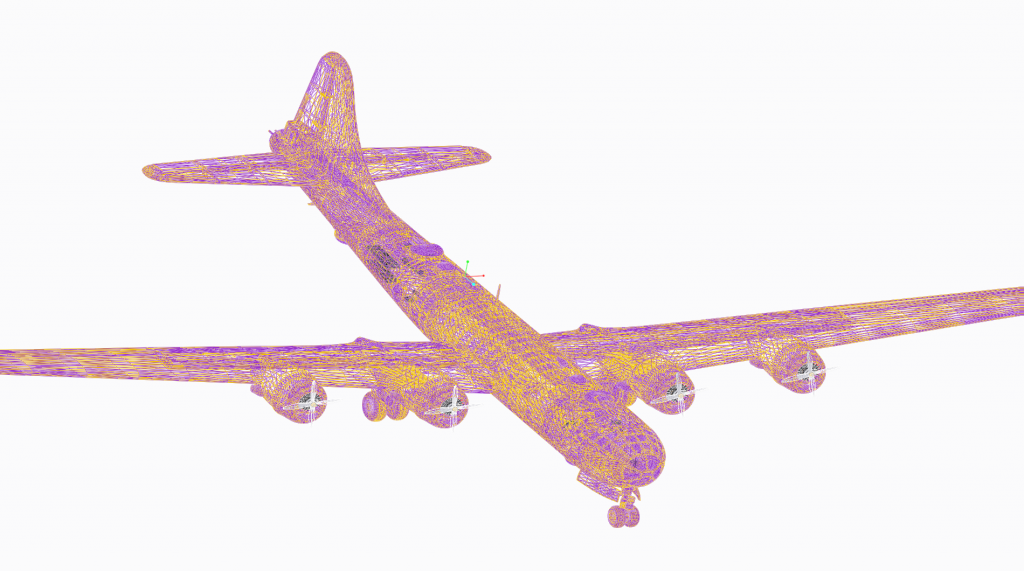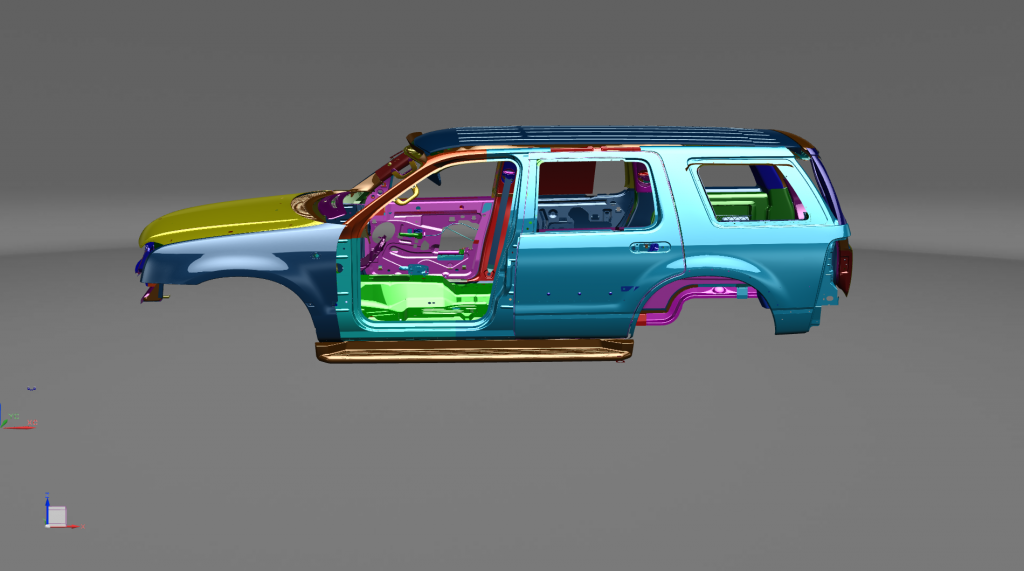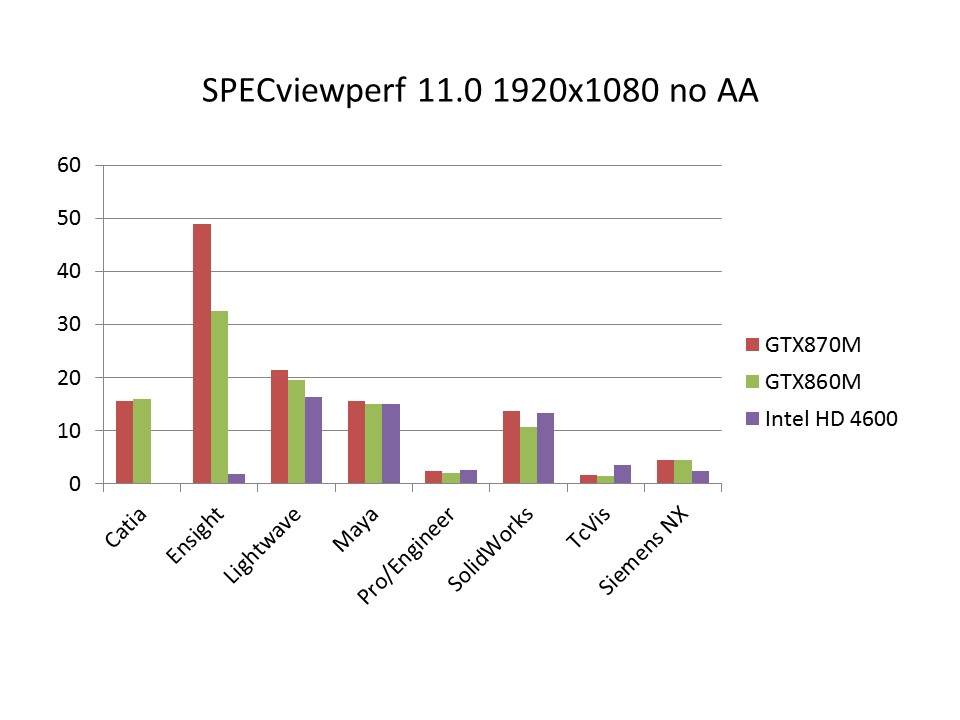Last month I bought Radeon Pro WX 4100 graphics card.
Not that I needed a gpu for professional tasks, but it seemed to be the best low profile single slot graphics card available at the moment.
I could not find any kind of reviews about this peculiar graphics card, so I am posting some pictures and benchmarks here.
This is the box, quite fancy.
In the box are the actual card and 4 of miniDP to DP converters.
A page from the manual
This must be the fanciest low profile card ever created.
Installed the card in my microserver. The following are some benchmarks that I have run.
This is the test computer : Xeon E3-1265L V2, Radeon WX4100 on Windows Server 2016 under VMware ESXi with 8GB RAM
And my desktop for comparison : i7-6700T, GTX1080 on Windows 7 on Windows 7 with 32GB RAM.
…doesn’t look like a good comparison but still it is enough to show the strong aspects of Radeon Pro anyway.
The first table is the result of GTX1080 and the second is of WX 4100
On creo Radeon WX struggled with tasks involving shaders because of the GTX1080’s general rendering power.
But on wireframe views Radeon WX beat GTX1080 by far.
On Siemens NX the gaming graphics card was no match for a professional graphics card. WX 4100 outperformed GTX1080 by multiple times of framerate.
On Solidworks similar to Creo using only the shaders favored GTX1080 but anytime when wireframe is involved WX4100 kept stable framerate but GTX1080 was hampered.
So this is about it for this review and please leave a comment should there be any questions. But please do remember the golden rule that you must NOT buy a professional card in any case if you are thinking of playing games.
